With a little pre-planning, you can stock your freezer with homemade weeknight dinners, easy sauces and sides, quick dessert toppings and breakfast options. You can also preserve the late summer and fall fruits and vegetables by freezing.
By Jovina Coughlin

With a little pre-planning, you can stock your freezer with family friendly weeknight dinners, easy sauces and sides, quick dessert toppings and breakfast options. You can also preserve the late summer and fall fruits and vegetables by freezing.
Freezing slows down bacterial growth, but doesn’t kill it, so start with good quality produce. There’s nothing more disappointing than spending your time and money to freeze food and have to throw it away when it doesn’t taste good.
Foods That Freeze Well
- Meat, poultry and fish all can be frozen with success. Raw meat is preferable for long storage because it doesn’t dry out or get freezer burn as fast as cooked meat.
- Breads and baked goods can freeze well. This includes cakes, pies, muffins, bagels, quick and yeast breads both as dough/batter or baked, cookies raw or baked and pizza dough raw or baked.
- Butter and margarine freeze well. So go ahead and buy in bulk to get the better deal.
- Beans can save you money, if you buy dry beans. Soak and cook the whole bag yourself instead of buying the canned variety and then freeze the leftovers to use later.
- Try making large batches of rice and freeze so that you have it on hand when needed.
Foods That Can Freeze But Will Change In Texture
- Fruits and vegetables all soften when frozen and those with high water content do not freeze well. Fruit that still has ice crystals can be eaten as is after thawing but most fruits and veggies should be used for cooking after being frozen.
- Potatoes freeze well and make quick side dishes, however they must be cooked before freezing to insure they don’t turn black.
- Pastas will become much softer after they are frozen and should only be cooked about three-quarters of the recommended time. Also pastas frozen in liquid or sauce will absorb much of the sauce.
- Milk and dairy products can be frozen but may separate after being frozen. Cheese will become crumbly and hard to slice but is fine for cooking or melting.
- Herbs lose their texture but retain their flavor. Frozen herbs can be used for cooked dishes but not for garnishes.
- Raw eggs removed from their shells can be frozen but should be mixed with a bit of salt or sugar to keep them from turning rubbery.
- Fried foods lose their crispness but do ok when reheated in the oven.
- Salty, fatty items, such as bacon, sausage, ham, hot dogs, some lunch meats and some fish do not last long in the freezer. The USDA only recommends freezing these items for 1-2 months. The salt causes fat to go rancid in the freezer. If it looks or smells ‘off’ toss it.
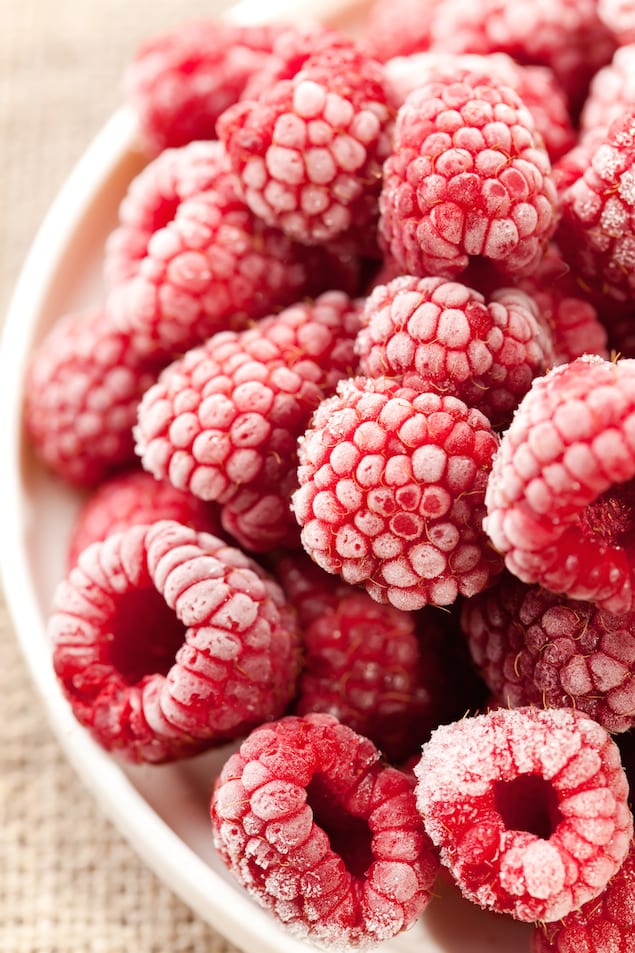
Foods That Don’t Freeze Well
- Cornstarch looses it’s thickening power. Use a roux made of butter and flour (or rice flour if you’re gluten-free) instead to thicken your casseroles.
- Gelatin weeps or loses water.
- Vegetables such as lettuces, celery, radishes and cucumbers become watery and brown.
- Melons get very soft and lose much of their juice. They can still be used for smoothies but generally are not good frozen.
- Meringue toppings become tough and rubbery.
- Custards and cream puddings can separate.
- Mayonnaise tends to separate.
- Crumb toppings for things like casseroles or desserts can become soggy.
- Egg white based icing or frosting can become frothy or weep.
Tips for Frozen Foods
- Before freezing hot food, it’s important to let it cool down. Heat will raise the temperature of the freezer and the food will not freeze uniformly; the outer edges of the hot dish will freeze hard quickly, while the inside might not cool in time to prevent spoilage.
- Poorly wrapped foods run the risk of developing freezer burn and unpleasant odors from other foods in the freezer. Use only specialty freezer wrappings: they should be both moisture-proof and vapor-proof.
- Leave as little air as possible in the packages and containers. When freezing liquids in containers, allow a small amount of headroom for expansion. When using freezer bags, be sure to remove as much air as possible before sealing.
- Use rigid containers with an air-tight lids and keep the sealing edge free from moisture or food to ensure proper closure.
- Write the name of the dish and the date on the package with a marker.
- In many cases, meats and fish wrapped by the grocer or butcher need no extra attention before freezing. However, meat wrapped on Styrofoam trays with plastic wrap will not hold up well to freezing. If the food you want to freeze was not specially wrapped, then re-wrap them at home.
- Freeze in small containers with no more than a 1-quart capacity to ensure that freezing takes place in a timely manner (i.e., within four hours). Food that is two inches thick will take about two hours to freeze completely.
- A temperature of 0 degrees F (-18 degrees C) is best for maintaining food quality.
- With the exception of muffins, breads and other baked goods, do not thaw foods at room temperature. Bacteria can grow in the thawed portion of prepared foods, releasing toxins that are unsafe to eat even after cooking. To ensure that your food is safe to eat, thaw overnight in the refrigerator.
This information below lists recommended storage times for popular pre-cooked foods–casseroles, soups, lasagna–to ensure high-quality results:
Type of Food
Tomato/vegetable sauces 6 months
Meatloaf (any type of meat) 6 months
Soups and stews 2-3 months
Poultry and Meat Casseroles 6 months
Poultry (cooked, no gravy) 3 months
Poultry (with gravy/sauce) 5-6 months
Meatballs in sauce 6 months
Pizza dough (raw, homemade) 3-4 weeks
Muffins/quick breads (baked) 2-3 months
Check out the recipes below to give you some ideas of all the different ways frozen meals can be put together to save you time in the future.
Freezer Corn Sauté
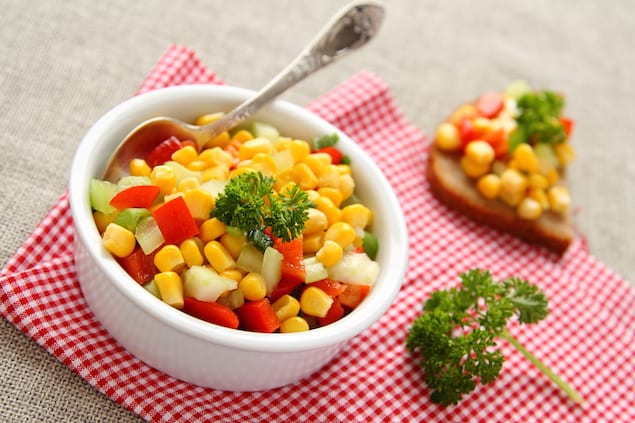
Make this side dish ahead of time and freeze. When you are ready to eat, simply reheat the desired amount in a saucepan or skillet. Get the recipe here.
Eat-Twice Lasagna
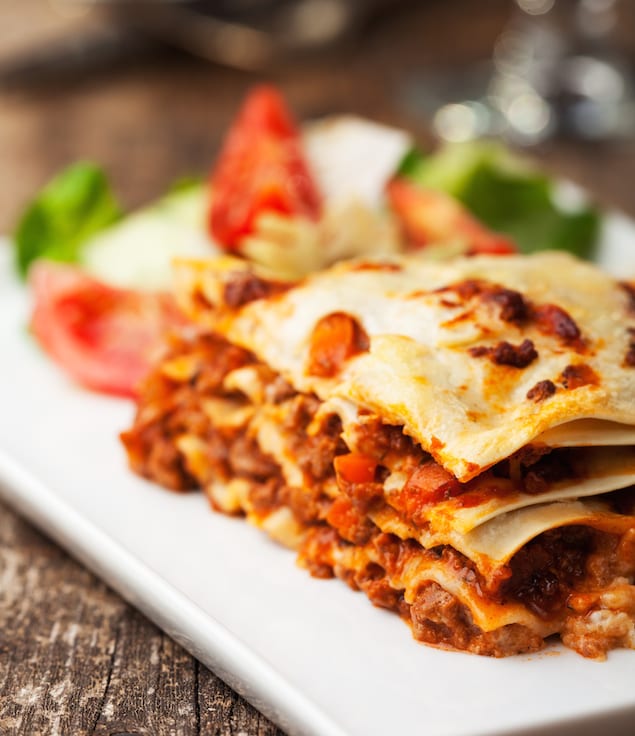
Make a double batch and save the leftovers of this delicious lasagna in the freezer. Bake in the oven until heated through and enjoy again. Get the recipe here.
Blueberry Oatmeal Pancakes
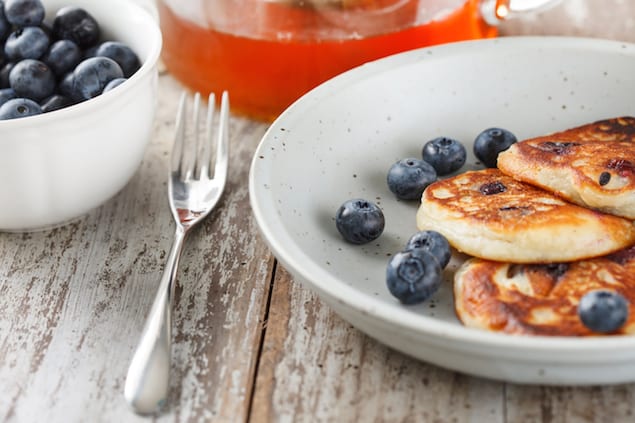
You can freeze these already cooked pancakes in single-serving portions (in ziploc bags) and reheat in the microwave or a toaster for a quick breakfast. Get the recipe here.
Frozen Spinach and Feta Stuffed Chicken Breasts

Stuff the chicken after you buy it and freeze until you need a quick dinner with little prep. What is great about this recipe is that the chicken can be cooked without defrosting first. Get the recipe here.
Lemony Chicken Noodle Soup
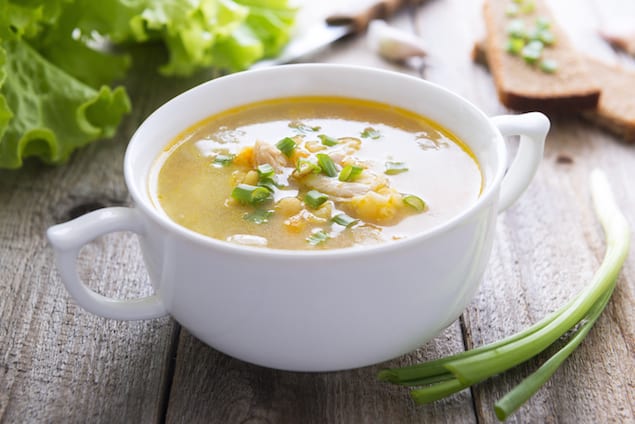
Freeze the soup in containers until needed on a cold evening. When ready to eat, simply run the containers under warm water until the soup loosens from the container. Transfer to a pot and heat over medium, covered, stirring occasionally, until heated through. Get the recipe here.














Thank you so much Marsha. I really appreciate your comment.
Thanks so much for this info. I have thought of freezing but these guidelines really help me to get started.